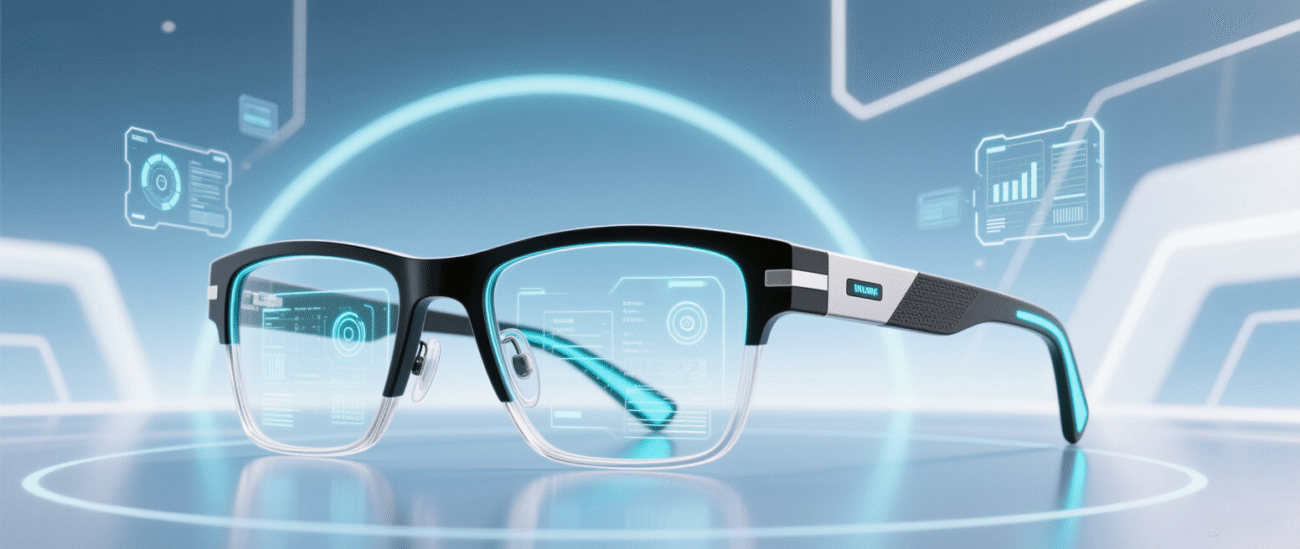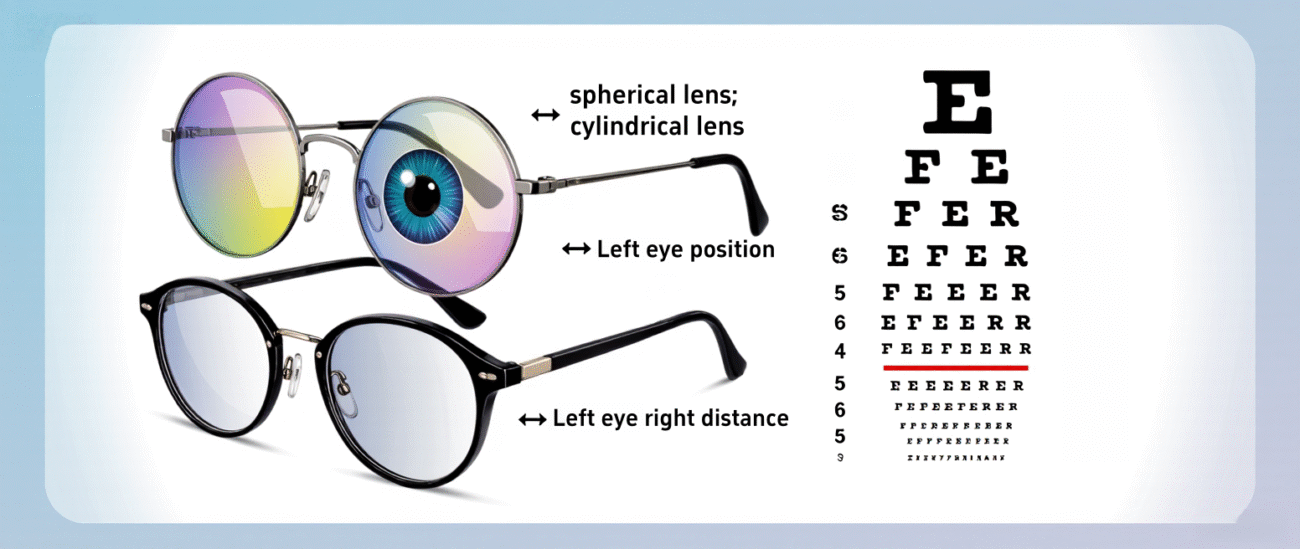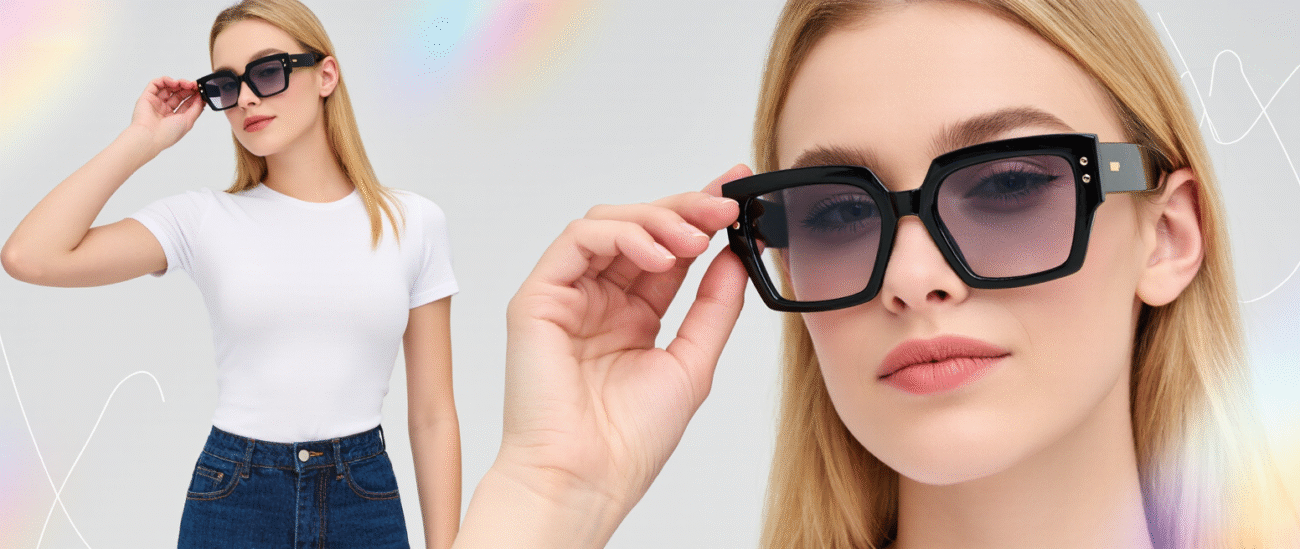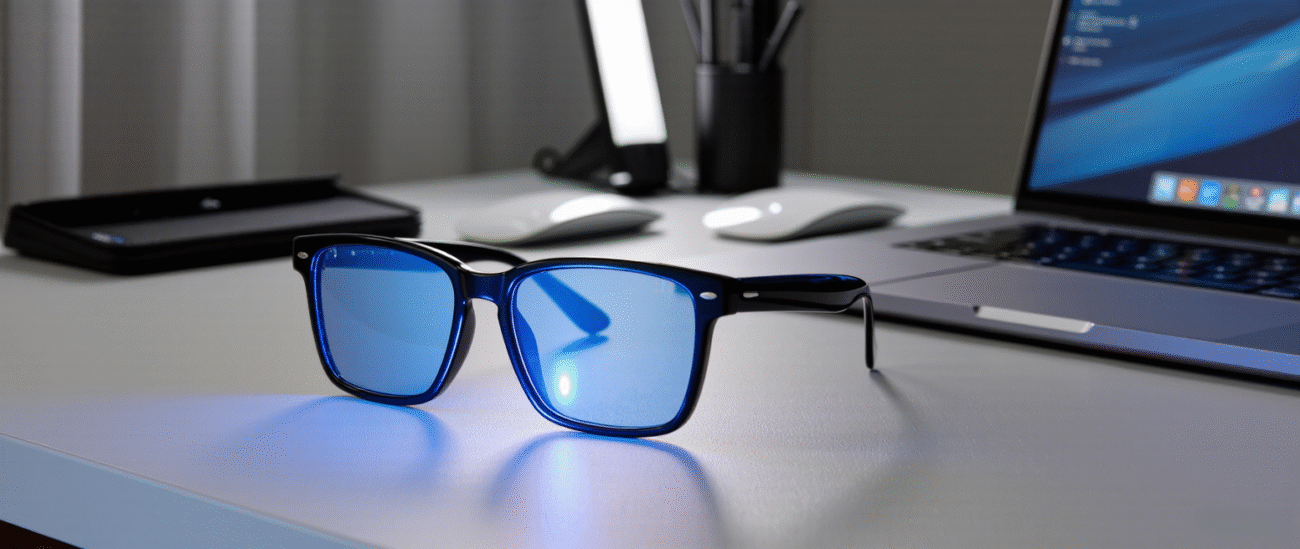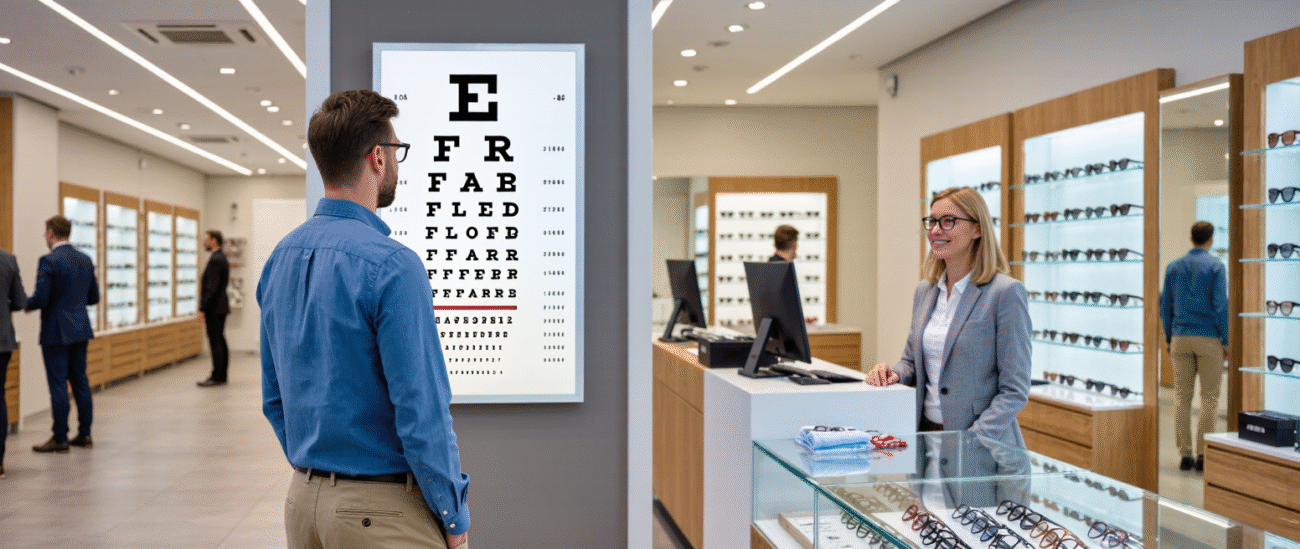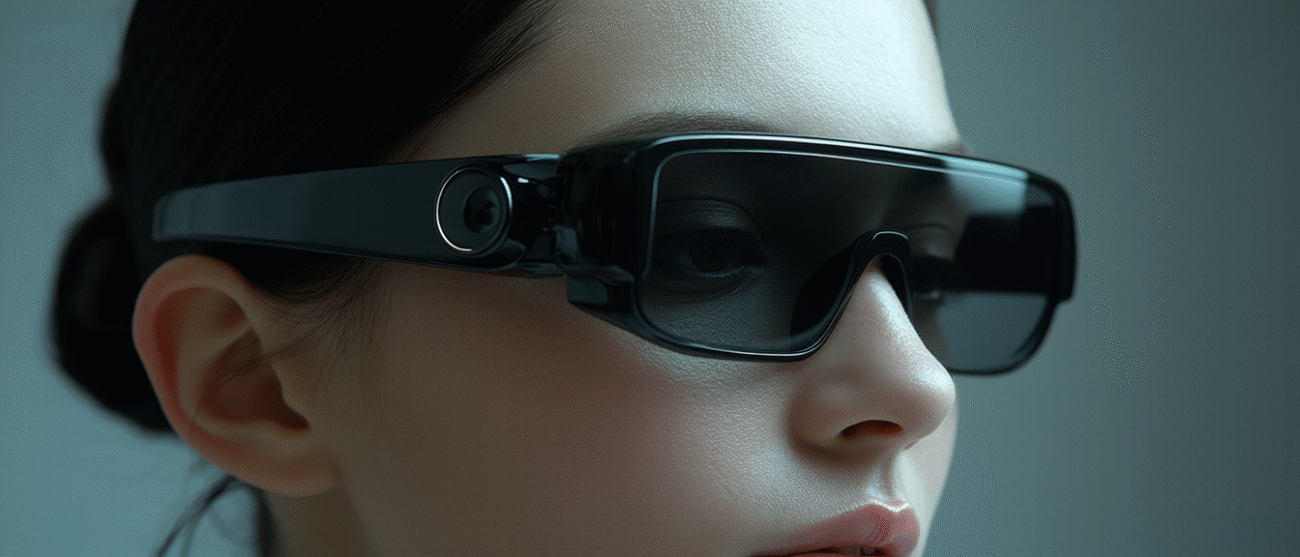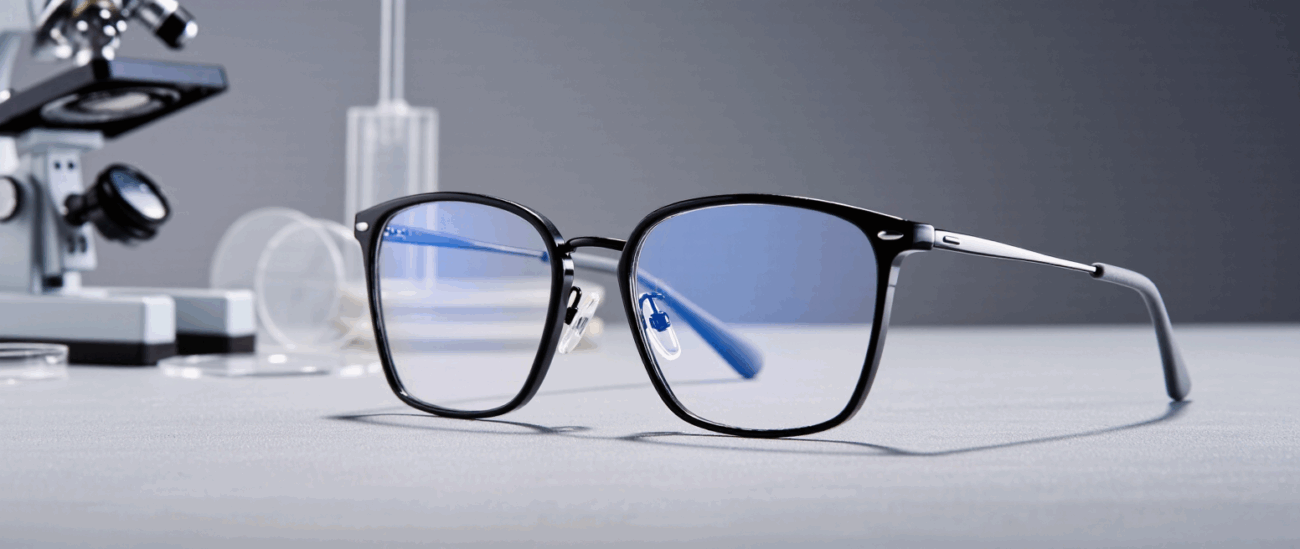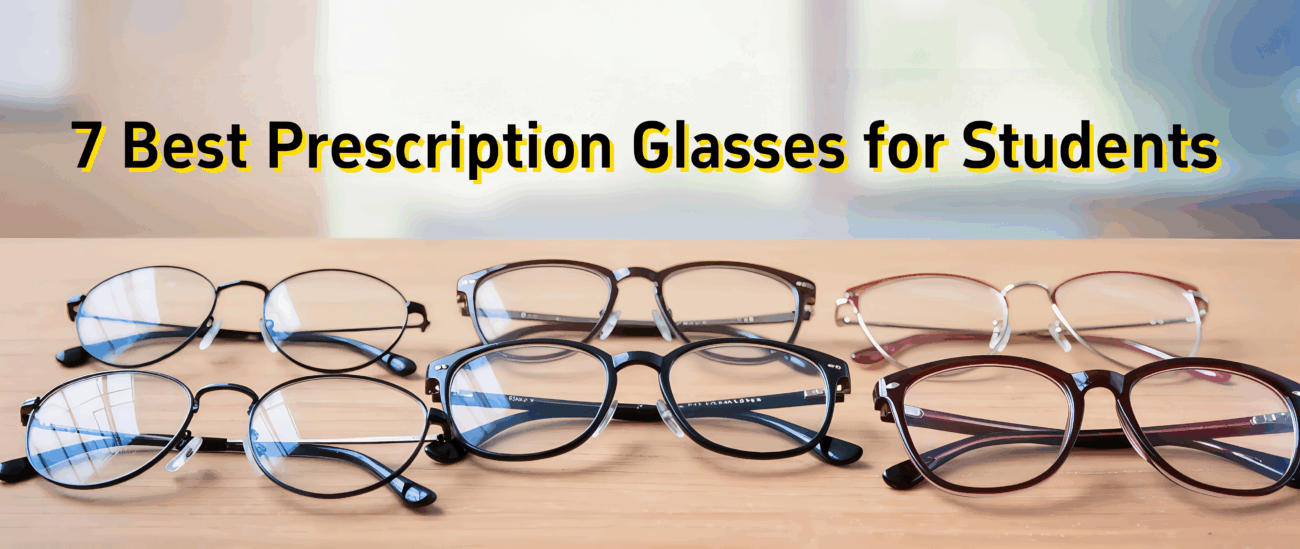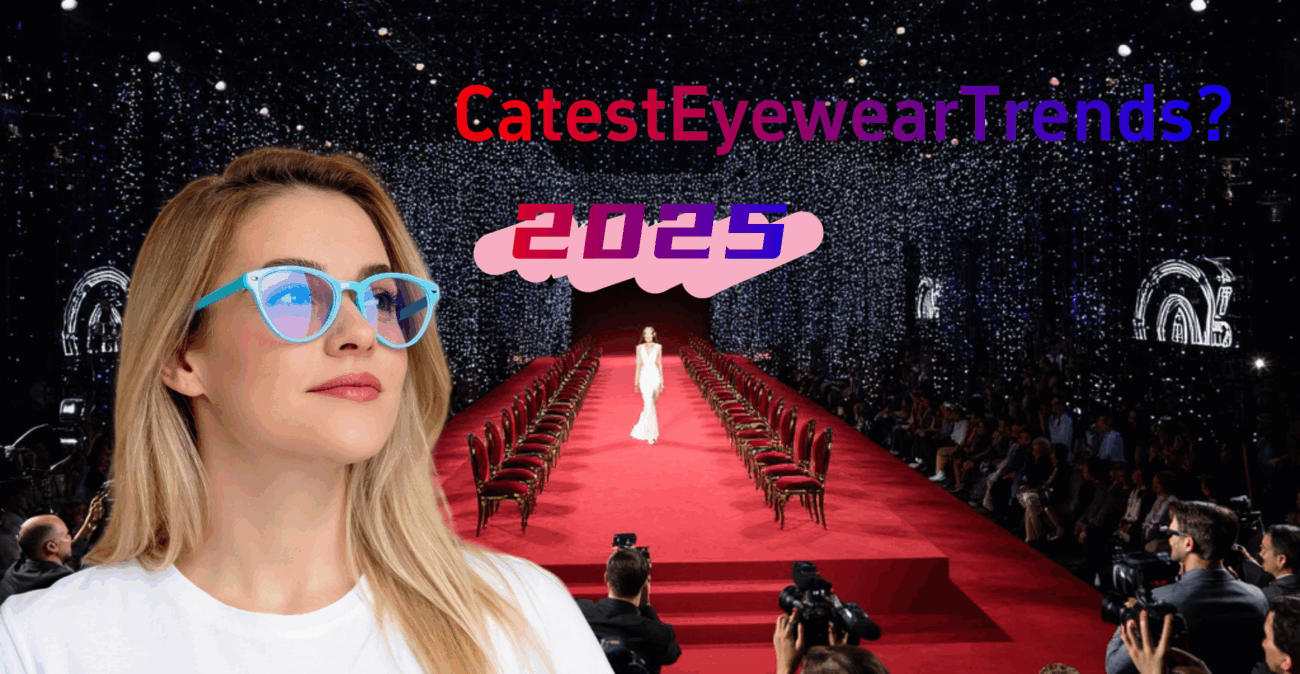Blog
Eye Health Guide for 2025: Easy Tips to Keep Eyes in Top Shape
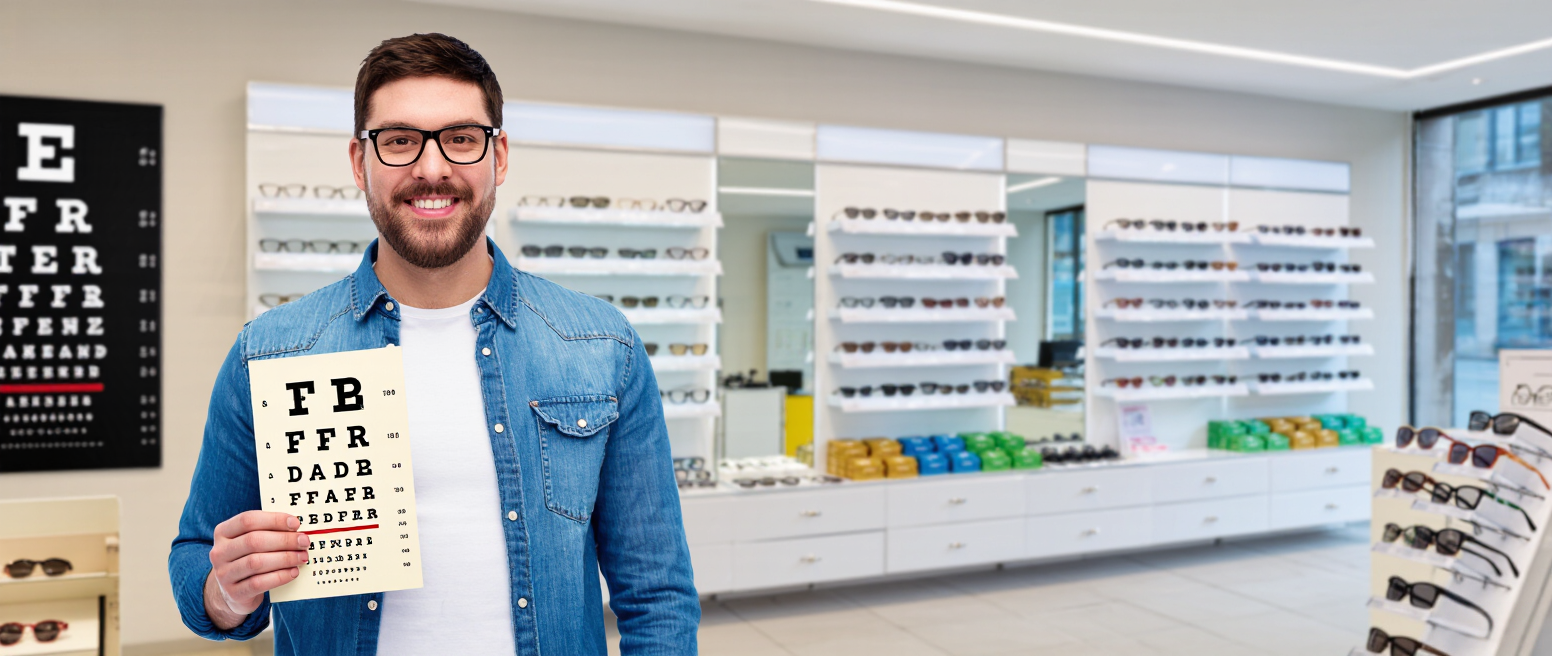
What Are Single Vision Lenses? The 2025 Guide for Clear Sight
Single vision lenses are the most common and straightforward type of prescription eyeglass lenses, designed to correct one field of vision—either distance or near—with a uniform power throughout the entire lens. Unlike progressive or bifocal lenses that address multiple vision needs, single vision lenses provide consistent clarity for a specific range, making them ideal for individuals with simple refractive errors like nearsightedness (myopia), farsightedness (hyperopia), or astigmatism.
👁️ Who Needs Single Vision Lenses?
· Young Adults/Teens: Typically used for full-time wear to correct basic distance or near vision issues.
· Screen Users: Often prescribed as computer glasses with blue light filtering for intermediate focus.
· Drivers/Sports Enthusiasts: Polarized or tinted single vision lenses enhance clarity for outdoor activities.
⚖️ Pros & Cons
Advantages:
· Cost-Effective: 30-50% cheaper than progressive lenses.
· Wide Field of View: No distortion at the edges, ideal for active use.
· Easy Adaptation: No learning curve for switching vision zones.
Limitations:
· Single Focus: Cannot correct both distance and near vision simultaneously.
· Age-Related Changes: Not suitable for presbyopia (age-related farsightedness after 40).
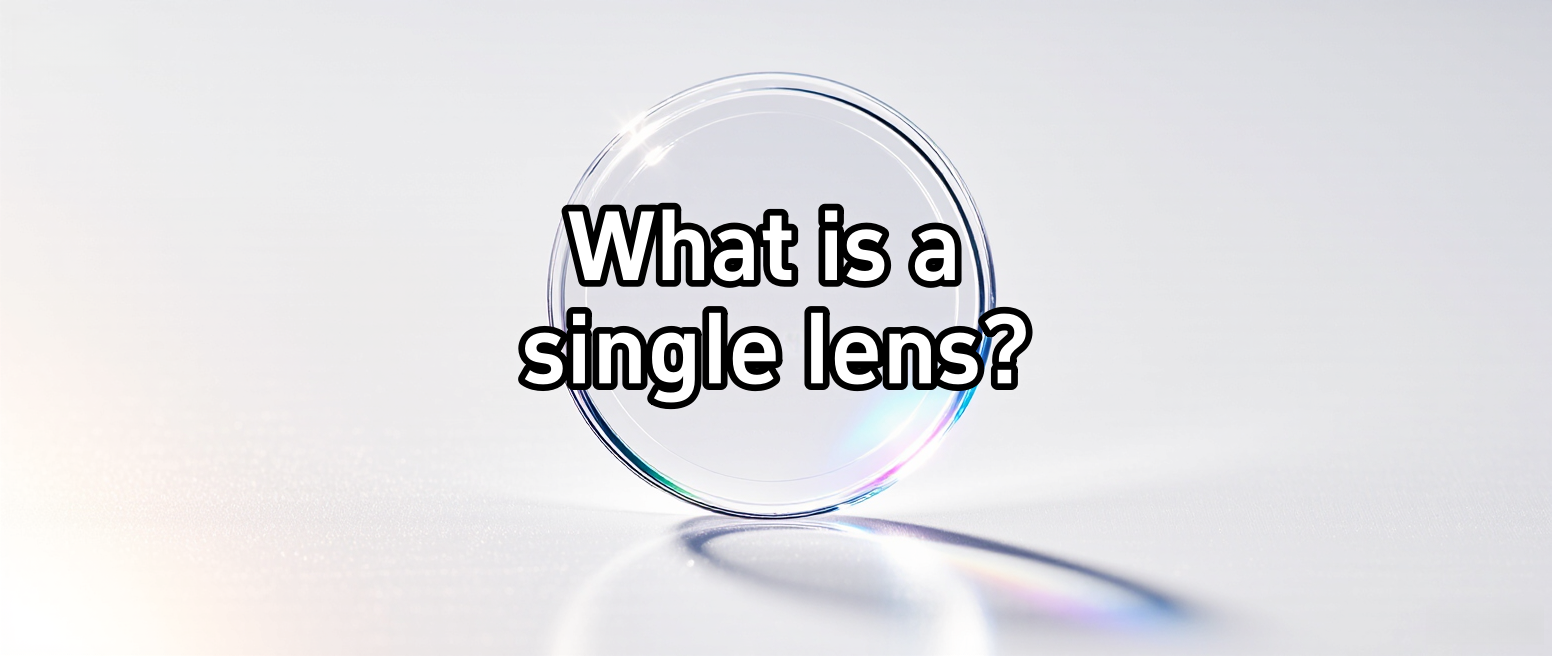
💡 Key Features to Consider
1. Material: Choose polycarbonate (durable) or high-index (thinner for strong prescriptions).
2. Coatings: Anti-reflective, blue light blocking, or scratch-resistant coatings enhance functionality.
3. Customization: Aspheric designs reduce lens thickness for improved aesthetics.
🎯 Popular Use Cases in the U.S.
· Everyday Glasses: For uniform distance correction.
· Reading Glasses: Magnified lenses for close-up tasks.
· Occupational Glasses: Optimized for specific working distances (e.g., computer screens).
Not Sure If You Need Single Vision?
Consult an optometrist to determine if these lenses align with your vision needs. Explore our affordable single vision collection with customizable tints and coatings!
What is a progressive lens?
This is professional eyewear knowledge
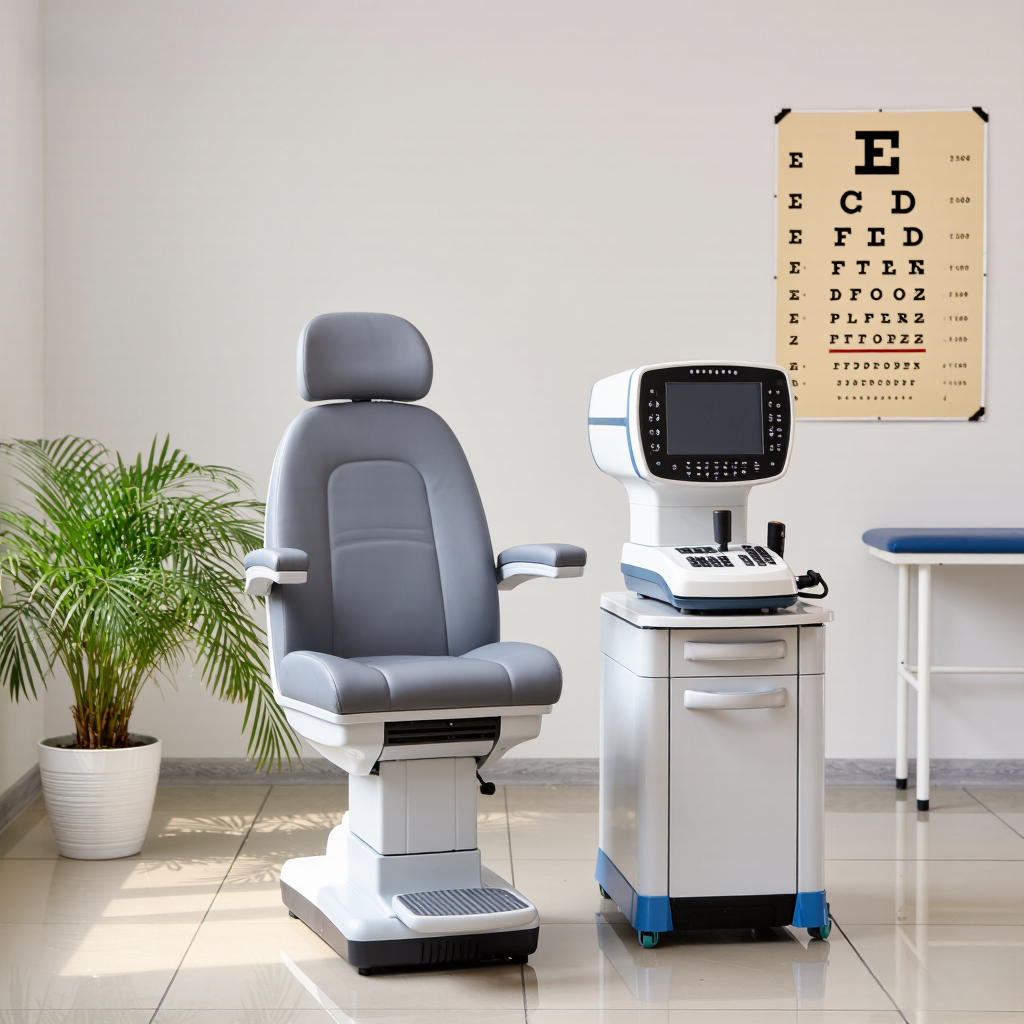
What Are Progressive Lenses? The Modern Vision Solution for Active Lifestyles
Progressive lenses (also called "no-line bifocals") are innovative multifocal eyeglass lenses that seamlessly correct distance, intermediate, and near vision in a single lens without visible lines. Unlike traditional bifocals, they provide a smooth transition between vision zones, making them ideal for presbyopia (age-related vision changes typically starting after age 40). These lenses offer natural vision adaptation for daily activities like driving, computer work, and reading while maintaining a youthful appearance. Top brands like Varilux and Zeiss now offer digital personalized progressives with wider peripheral vision and reduced distortion. Explore advanced progressive lenses for uninterrupted visual clarity!
What Are Bifocal Lenses? America's Classic Vision Solution
Bifocal lenses are timeless two-in-one prescription lenses featuring a distinct visible line separating two optical powers. The upper portion corrects distance vision (ideal for driving, sports, or watching TV), while the lower segment provides near vision support (perfect for reading, phone use, or detailed work). Invented by Benjamin Franklin, these lenses remain a popular choice for Americans with presbyopia—age-related vision changes typically beginning after age 40.
While modern progressive lenses offer line-free transitions, bifocals provide undeniable advantages: faster adaptation, lower cost (30-50% cheaper than progressives), and reliable performance for specific tasks. Brands like Essilor and Varilux now offer digitally enhanced bifocals with reduced distortion and wider reading zones.
Ideal For:
· Budget-conscious shoppers seeking practical vision correction
· Seniors preferring distinct visual zones for daily activities
· Users prioritizing clear separation between distance and near tasks
Explore affordable bifocal options combining classic reliability with modern optical technology!
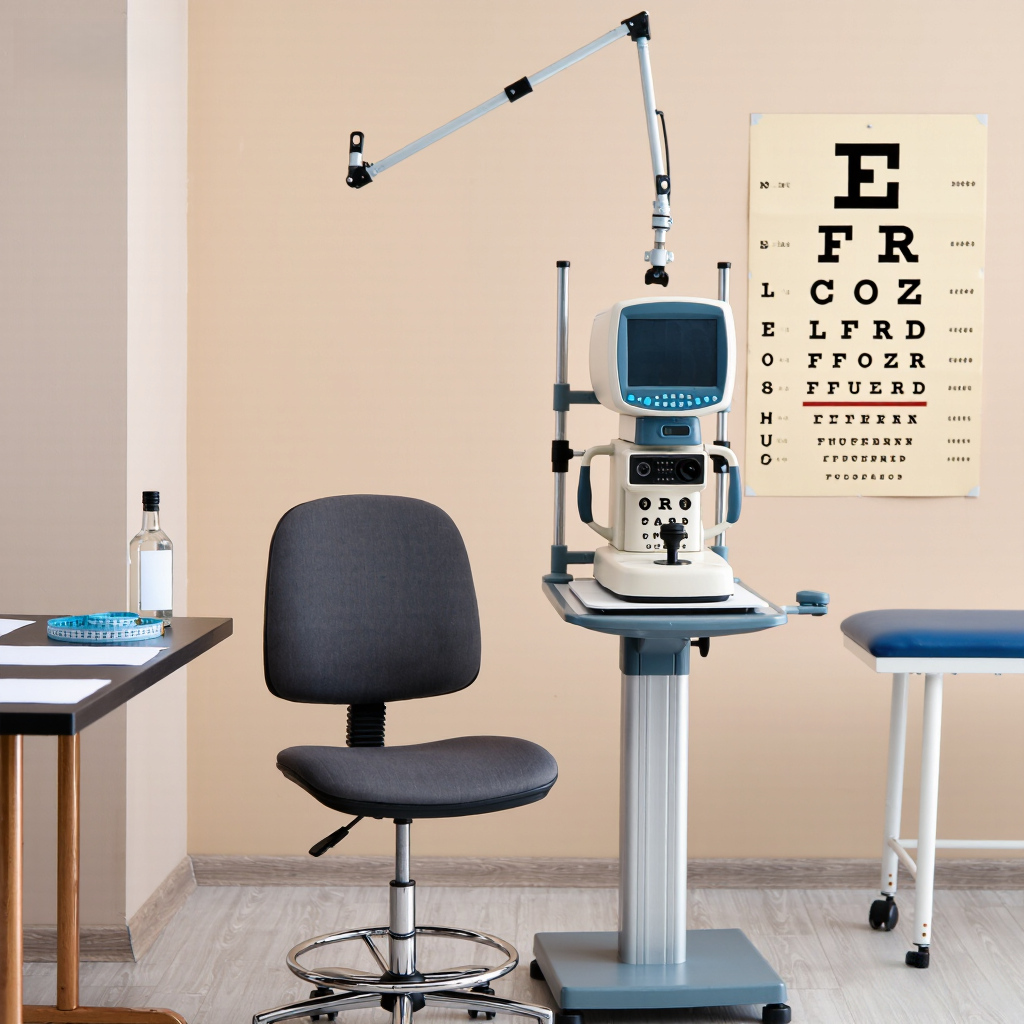
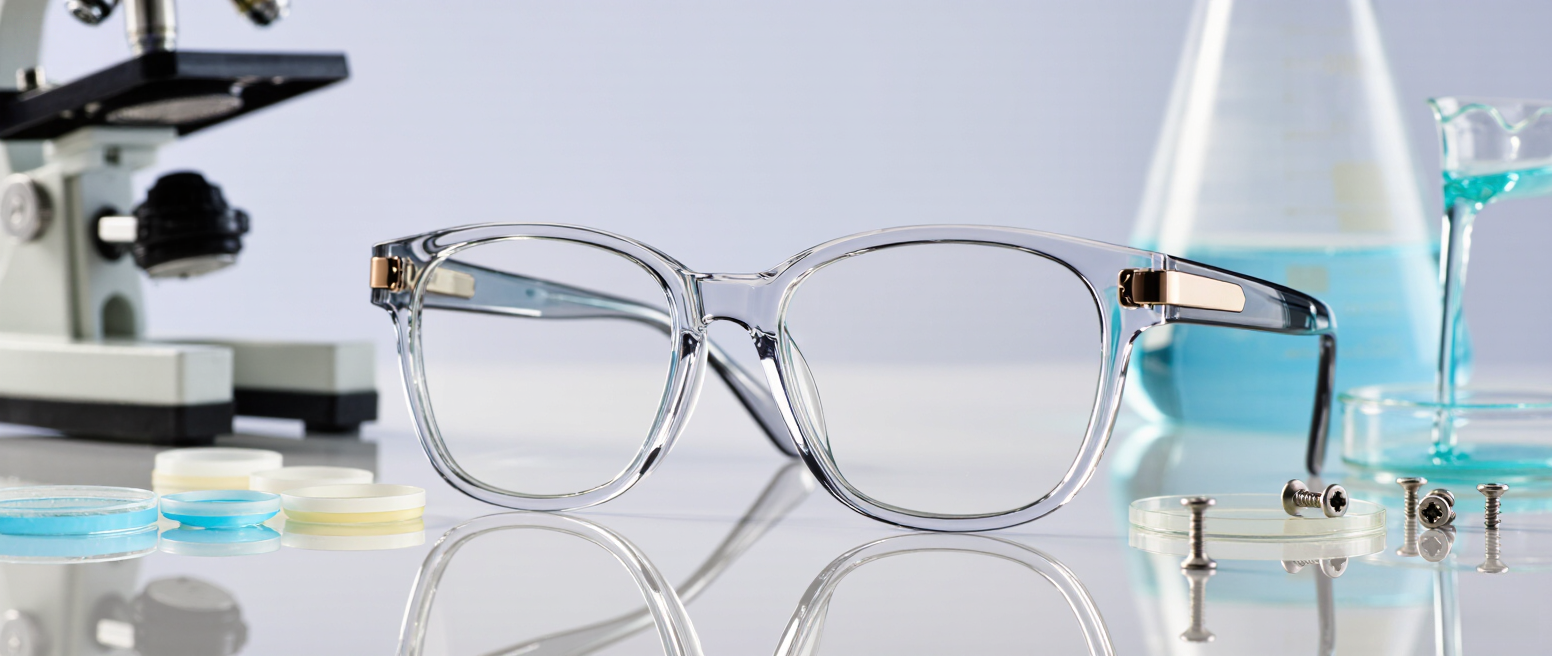
What Are Non-Prescription Lenses? The 2025 Guide to Plano Lenses
Non-prescription lenses (also called "plano lenses") are optical lenses that contain no vision correction power. Unlike prescription lenses that correct nearsightedness, farsightedness, or astigmatism, non-prescription lenses serve two primary purposes: style enhancement and protective eyewear. They are commonly used in fashion glasses, blue light blocking glasses, and sunglasses for users with 20/20 vision.
🔍 Key Applications
1. Blue Light Glasses: Filter digital screen emissions without vision correction.
2. Fashion Eyewear: Decorative frames for aesthetic expression.
3. Sunglasses: UV protection with polarized/tinted options.
4. Safety Glasses: Impact protection for sports or industrial use.
⚖️ Pros & Cons
Advantages:
· Cost-Effective: $10-$50 vs. $100+ for prescription lenses.
· Immediate Access: No eye exam or prescription required.
· Style Flexibility: Wide selection of trendy frames.
Limitations:
· No Vision Correction: Unsuitable for refractive errors.
· Limited Customization: Cannot address astigmatism or individual eye needs.
🎯 Who Are They For?
· Users with perfect vision seeking blue light protection.
· Fashion enthusiasts accessing runway-style eyewear.
· Outdoor lovers needing non-corrective polarized sunglasses.
💡 Shopping Tips
1. Verify UV Protection: Choose lenses labeled "UV400" or "100% UV protection".
2. Check Certifications: Look for ANSI Z80.3 safety standards.
3. Prioritize Fit: Even without prescription, proper frame alignment prevents headaches.
Explore non-prescription options for style and protection—perfect for screen users, fashionistas, and outdoor adventurers!

